Interstitial Lung Disease is a respiratory condition which may not be commonly discussed like other respiratory diseases, but yes, it�s a big truth that the effects of ILD disease are really impactful on a person�s life. It usually causes inflammation and scarring of lung tissue, and that tissue helps in the circulation of oxygen to the lungs.
Just because ILD disease progresses slowly and symptoms may mimic those of other respiratory issues, recognizing its signs early is crucial for timely diagnosis and effective interstitial lung disease treatment. So let�s continue reading this blog, which can help you recognize the interstitial lung disease symptoms, and help you take the next step towards better health.
Interstitial Lung Disease Symptoms
1. Persistent Cough
A persistent cough is often one of the interstitial lung disease symptoms. While occasional coughing is normal, but if someone is consistently coughing for weeks or months, then it is a matter to consideration, especially if this cough is worsening over time. This cough may be dry or produce sputum and can interfere with daily activities.
2. Shortness of Breath
Shortness of breath, or dyspnea, is one of the major interstitial lung disease symptoms. It manifests as difficulty breathing, especially during exertion or when lying flat. This ILD disease symptom typically worsens gradually and becomes more prominent over time.
3. Fatigue
Fatigue is a prevalent but often overlooked interstitial lung disease symptoms, which impacting daily functioning. Persistent tiredness, even after sufficient rest, should require prompt consideration of potential underlying health issues such as ILD disease.
4. Chest Pain
Chest pain or discomfort may occur in some individuals with ILD disease. This pain can vary in intensity and may worsen with deep breathing or coughing. While chest pain can arise from diverse causes, enduring or recurring pain require a thorough assessment by a healthcare provider.
5. Clubbing of Fingers and Toes
In advanced stages of ILD, clubbing of the fingers and toes may develop. This condition is characterized by the abnormal enlargement and rounding of the fingertips and nails. While not unique to ILD, clubbing can signify underlying lung disease and merits evaluation by a physician.
6. Unexplained Weight Loss
Unexplained weight loss is common in ILD, especially with disease progression. It can stem from reduced appetite, breathing difficulties during meals, or heightened energy expenditure due to chronic inflammation and tissue scarring.
7. Dry, Persistent Cough
A persistent dry cough is one of the common interstitial lung disease symptoms. Unlike coughs associated with colds or respiratory infections, a dry cough in ILD often does not produce mucus. This chronic cough can be bothersome and may worsen over time if left untreated.
8. Crackling Sounds in the Lungs
Crackling sounds, known as �velcro crackles,� may be heard when listening to the lungs with a stethoscope. These sounds occur due to the presence of thickened, scarred tissue in the lungs, which can disrupt airflow and cause abnormal sounds during breathing.
9. Reduced Exercise Tolerance
Individuals with interstitial lung disease symptoms may notice a decline in exercise tolerance over time. Activities that were once manageable may become harder due to shortness of breath and fatigue. If you observe a notable decrease in your ability to perform physical activities, consult a healthcare professional for effective interstitial lung disease treatment.
Why Early Recognition Matters
Recognizing interstitial lung disease symptoms in the early stages is crucial. Because it�s a progressive lung disease, which can worsen without appropriate interstitial lung disease treatment. Early diagnosis enables prompt intervention, slowing progression and improving outcomes. ILD shares symptoms with other respiratory conditions, complicating diagnosis based on symptoms alone. Identifying specific ILD signs allows healthcare providers to conduct appropriate tests like pulmonary function and imaging studies for confirmation and timely treatment initiation.
Moreover, early intervention enhances the quality of life for ILD patients by tackling symptoms like cough, shortness of breath, and fatigue. Interstitial lung disease treatment options encompass medication, oxygen therapy, pulmonary rehabilitation, and occasionally, lung transplantation.
Conclusion
Recognizing interstitial lung disease symptoms is vital for early diagnosis and management. If you or someone you know has persistent respiratory symptoms like cough, shortness of breath, or fatigue, seek medical help promptly for an appropriate interstitial lung disease treatment. Early intervention can greatly impact ILD progression and outcomes, enhancing the quality of life for those dealing with this challenging condition. For an effective interstitial lung disease treatment, feel free to consult Prof. Dr. Syed Arshad Husain renowned as the best pulmonologist in Dubai.



